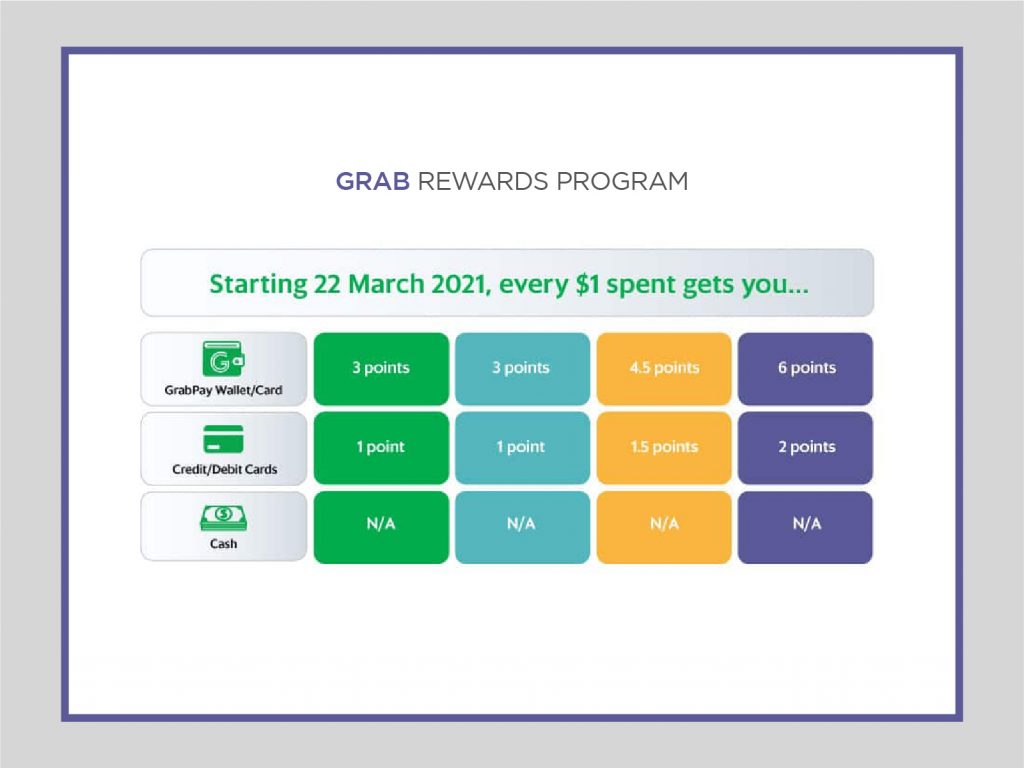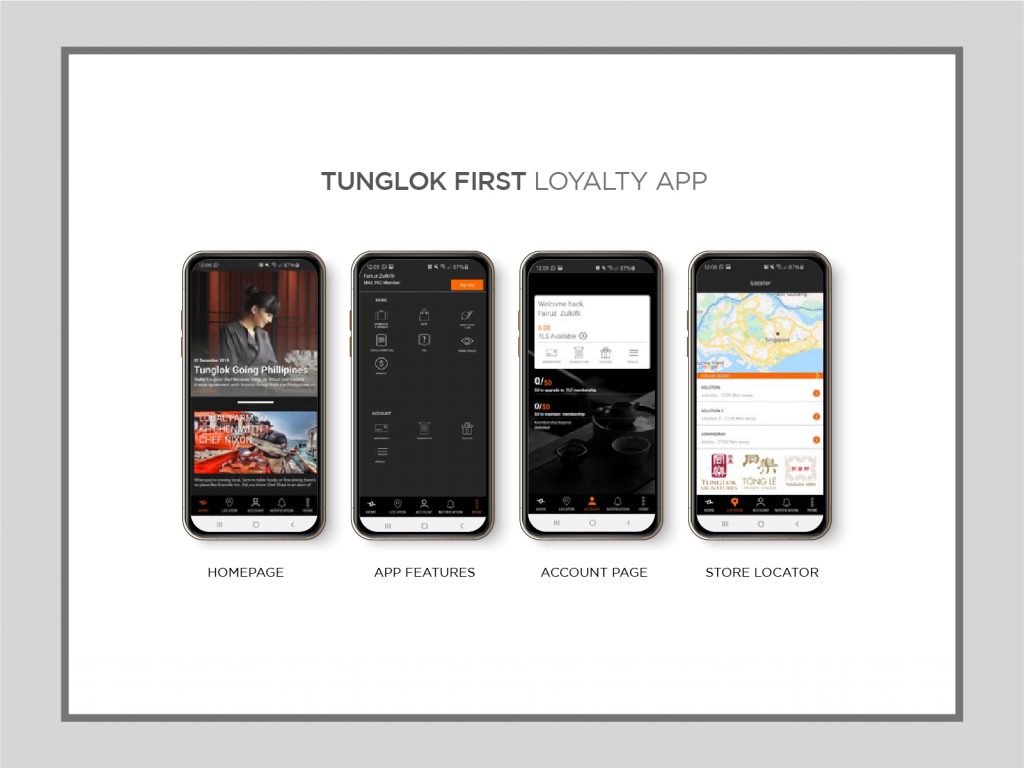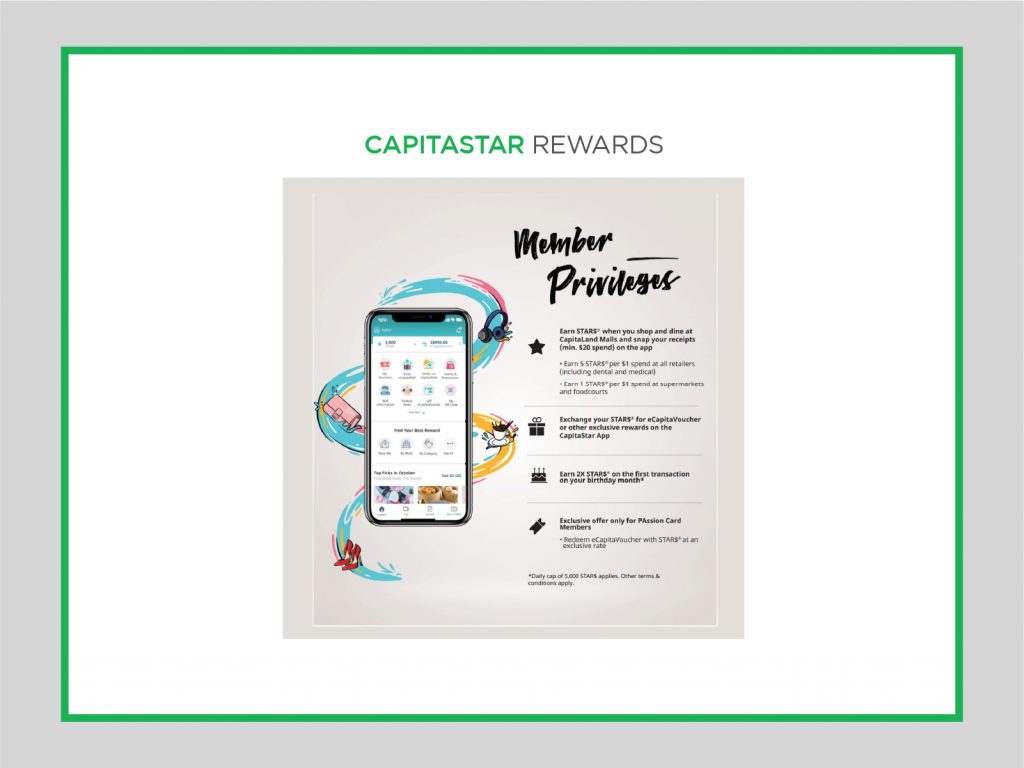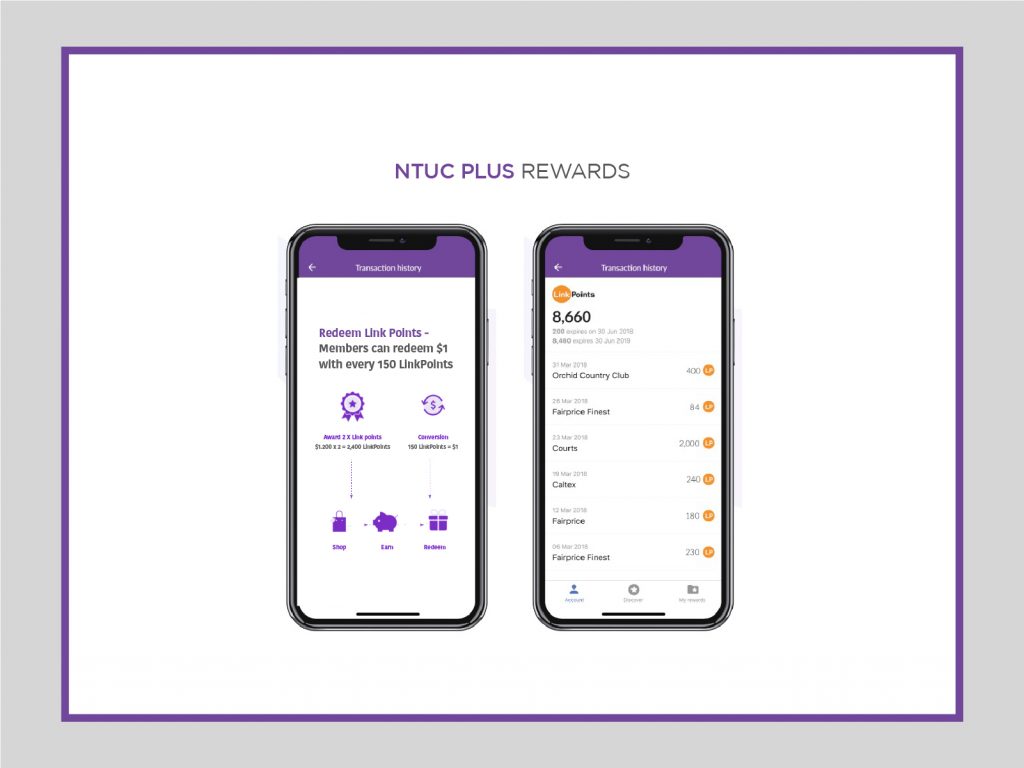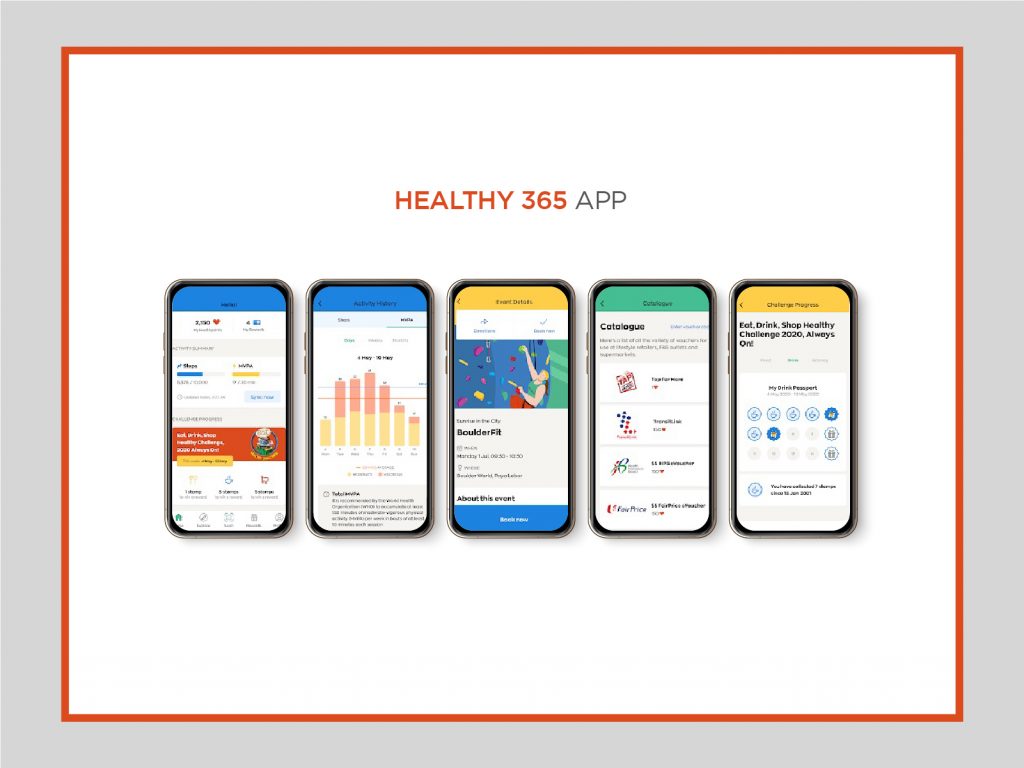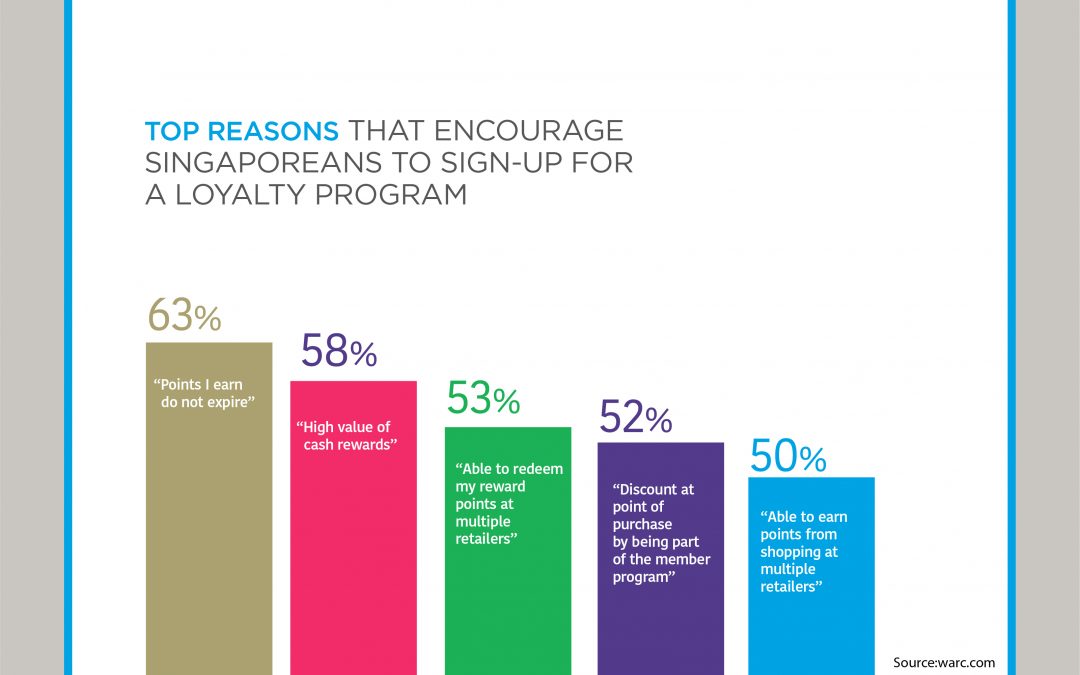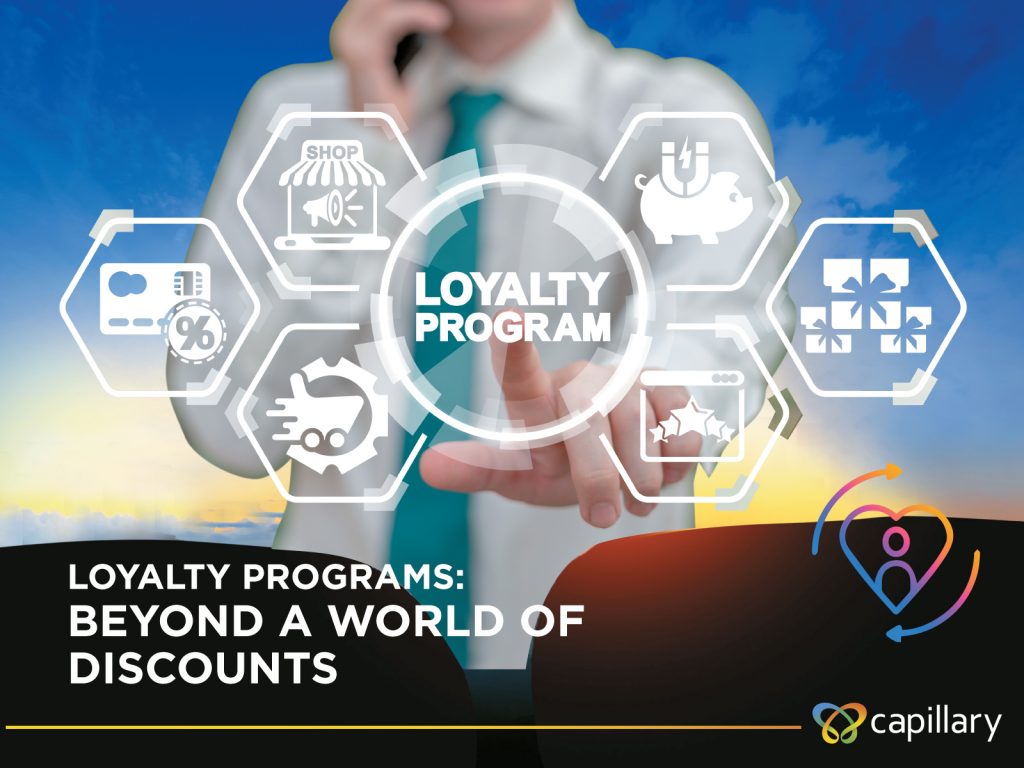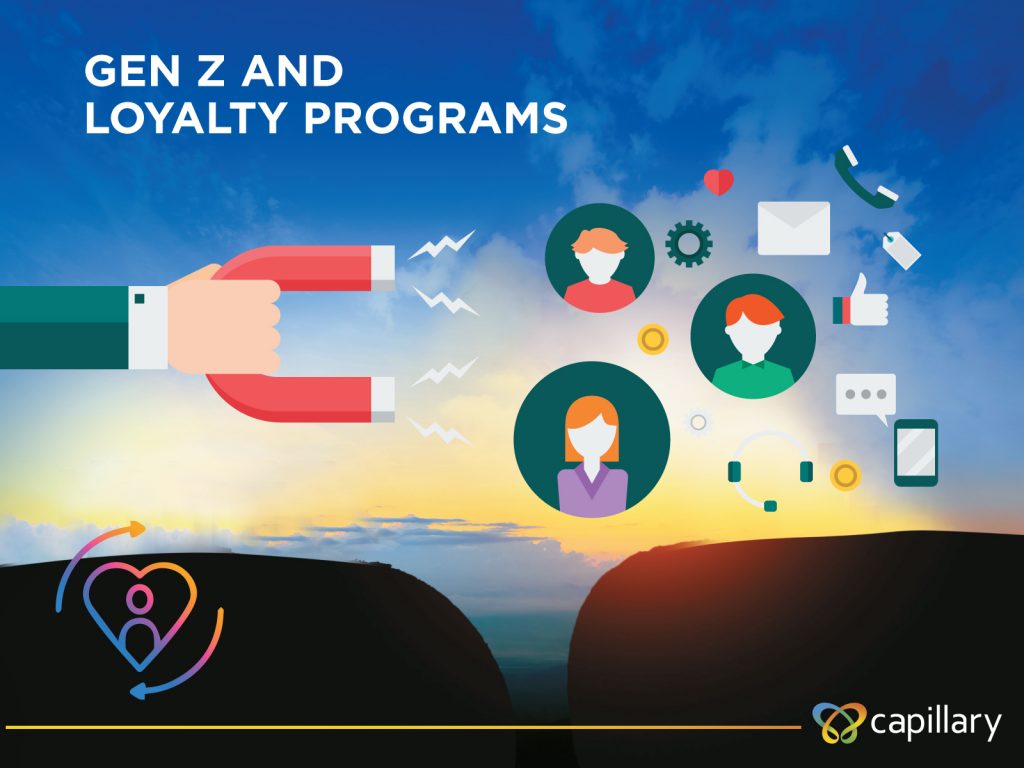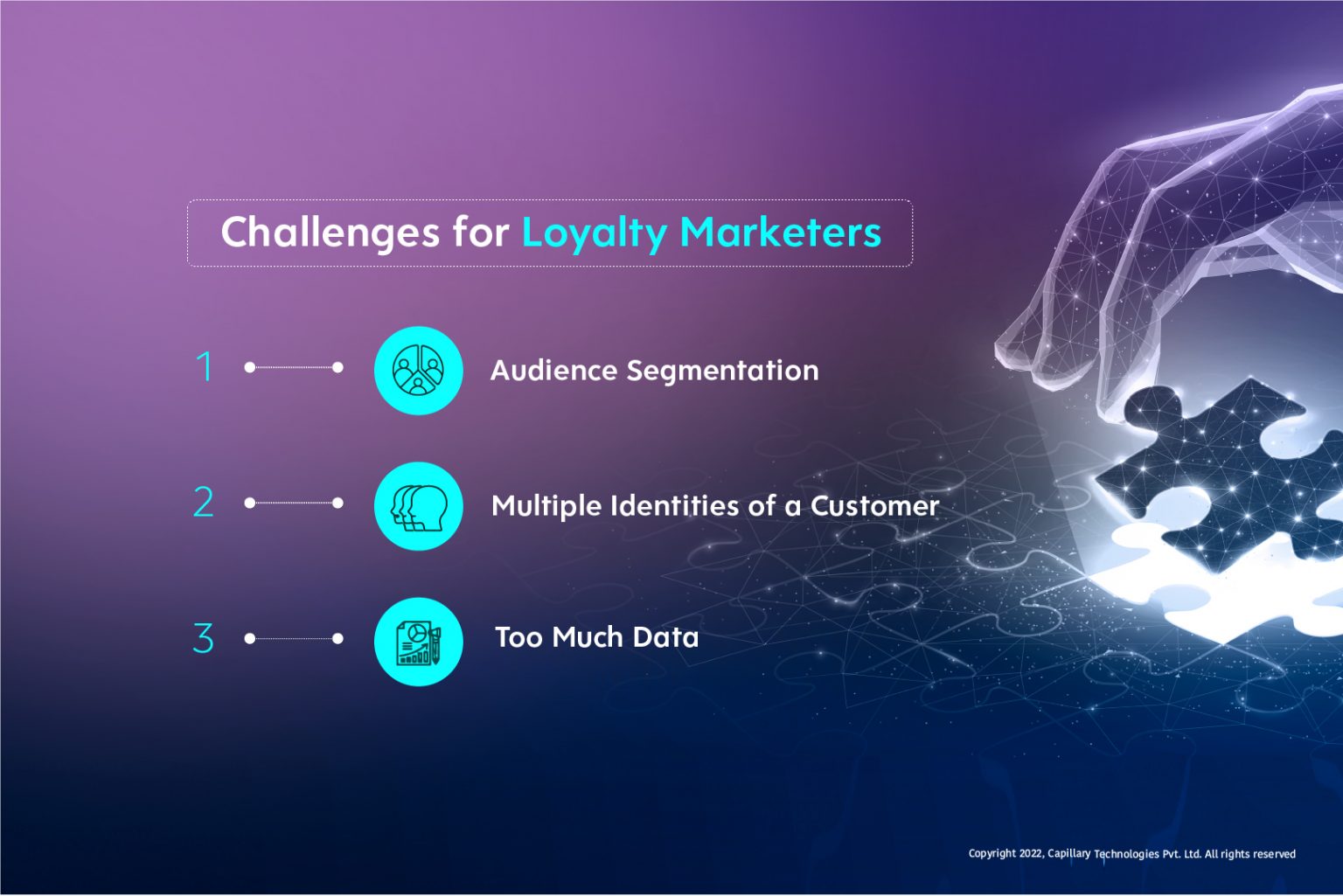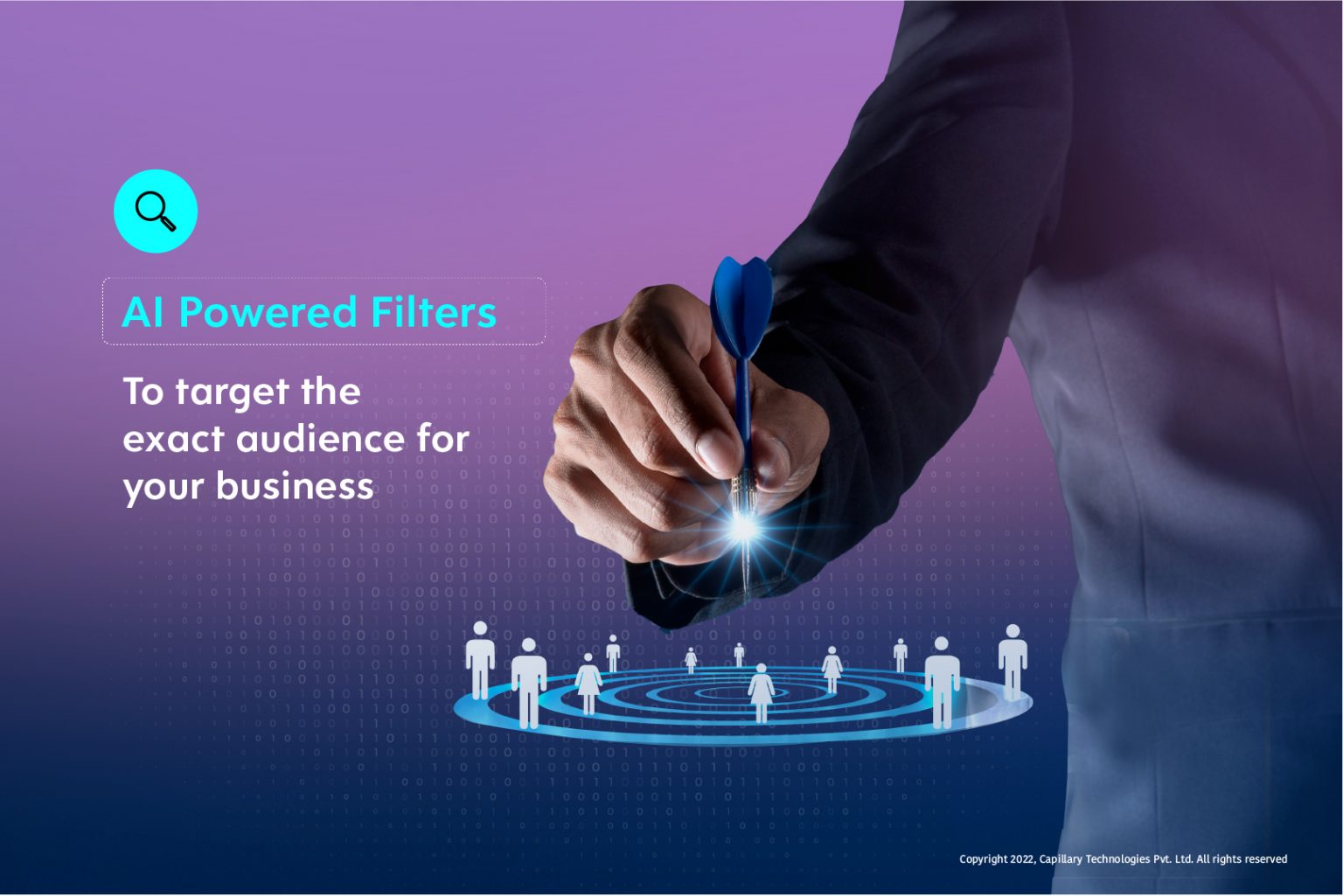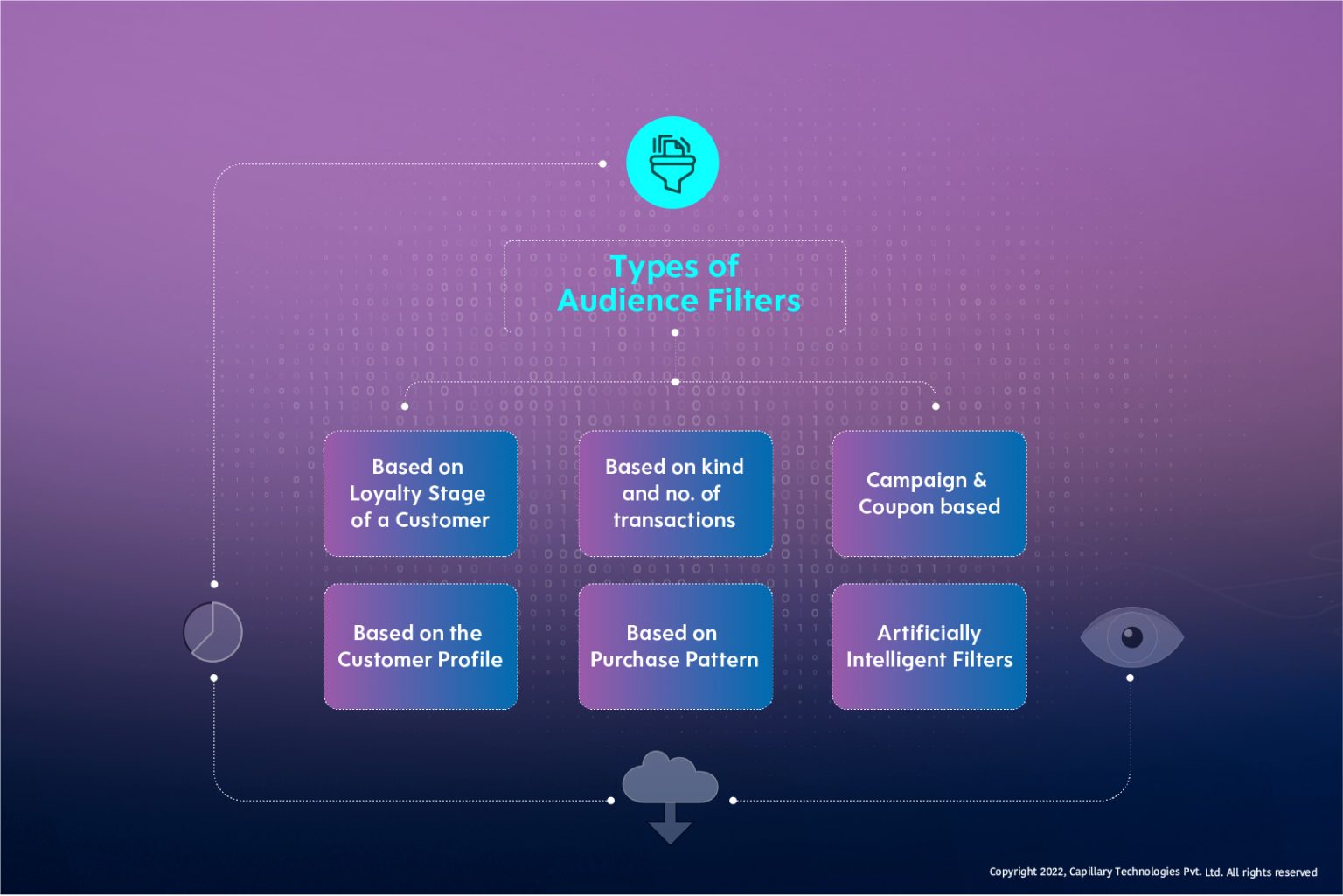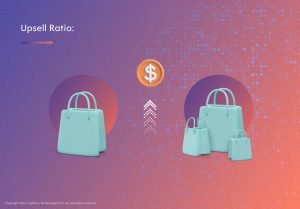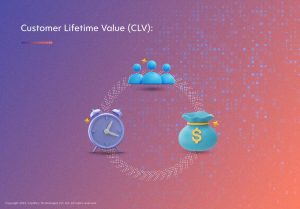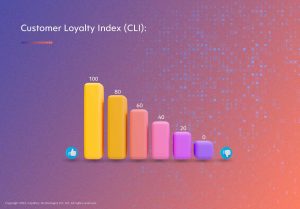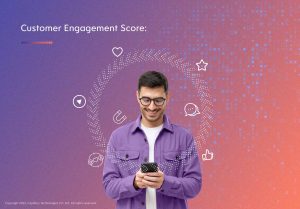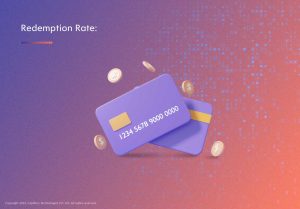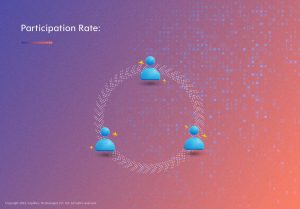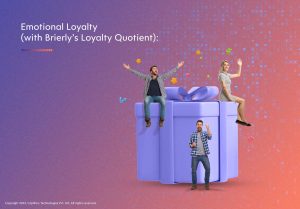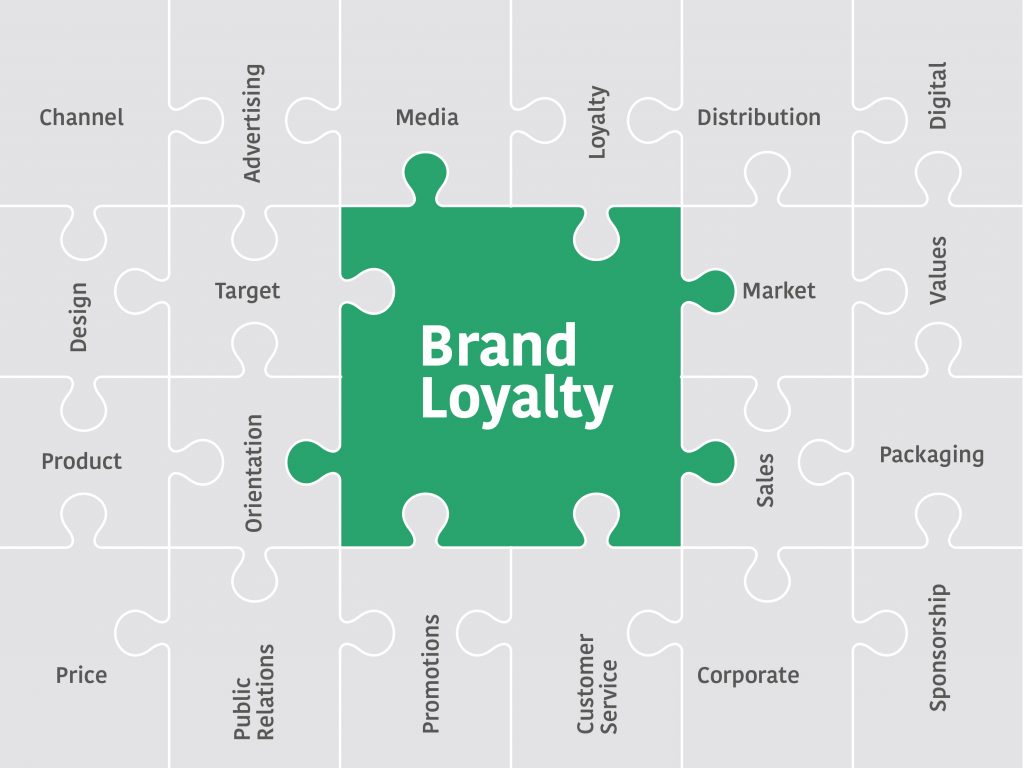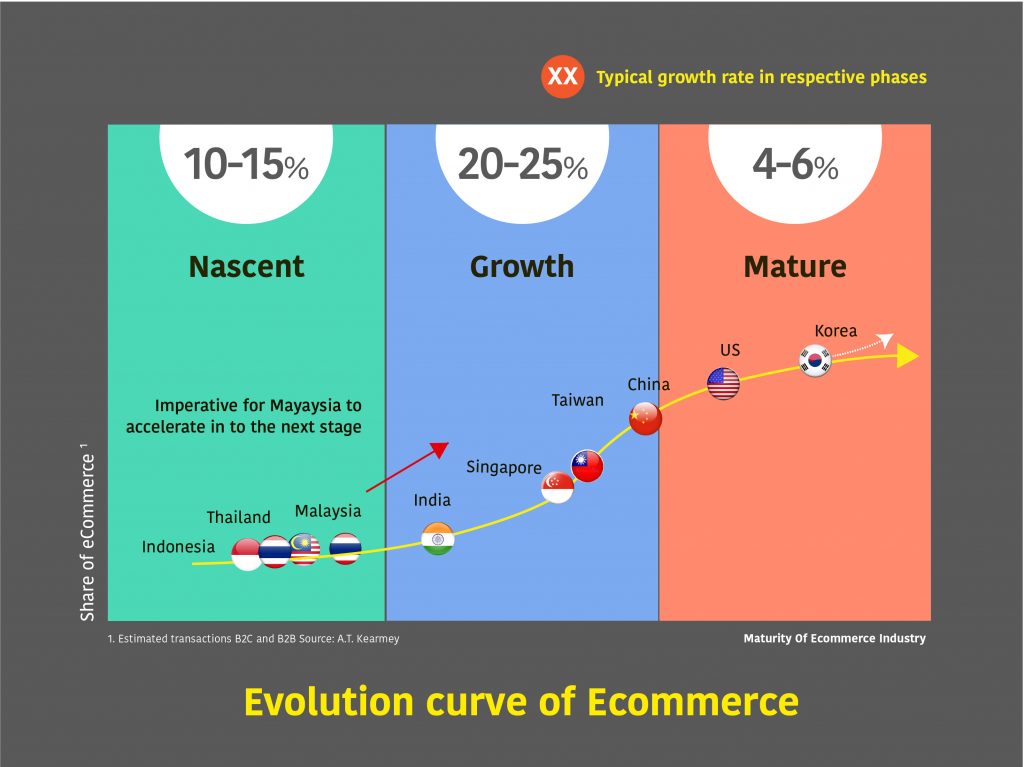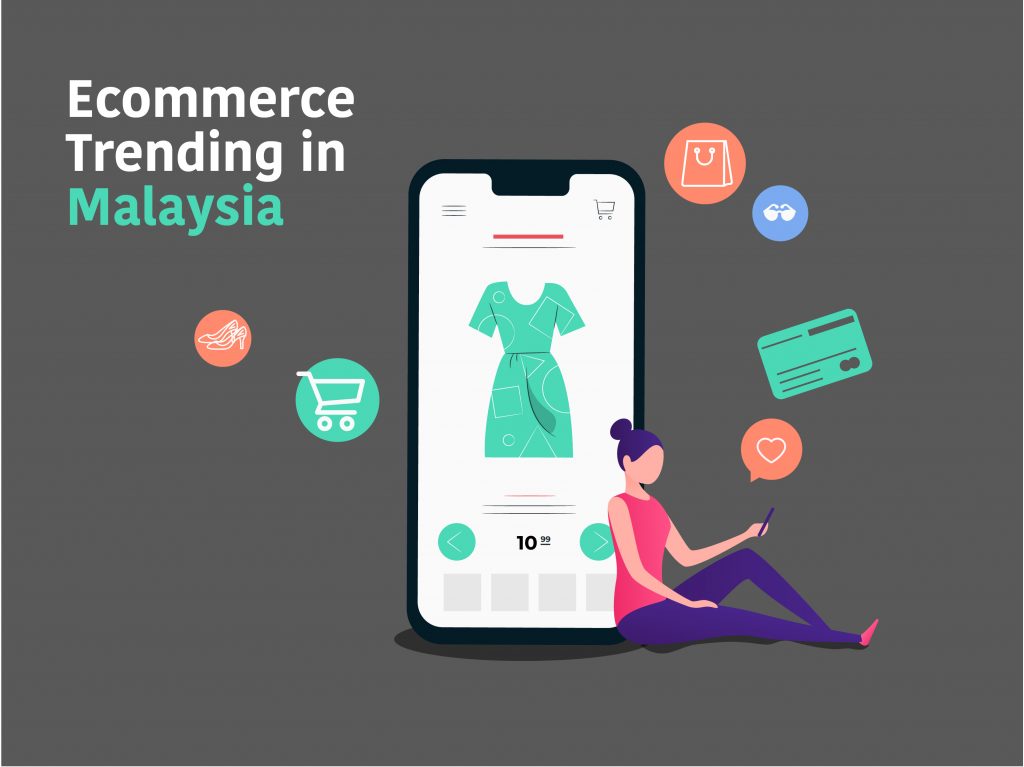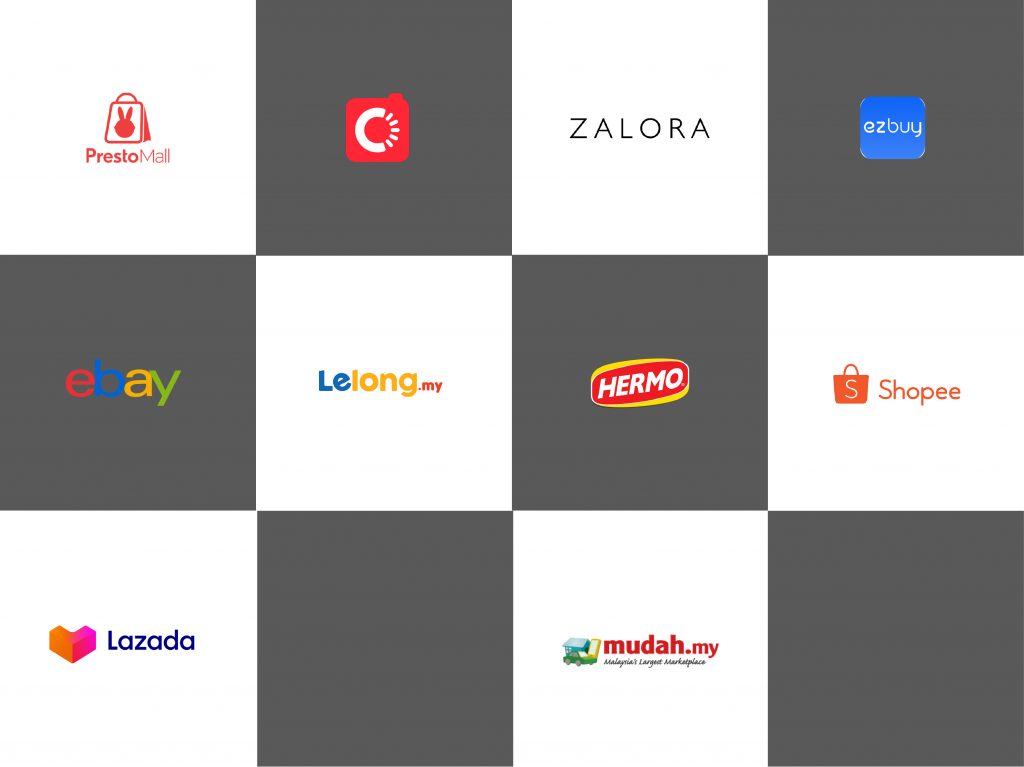Introduction
Chances are, you’ve heard the term ‘RFP’ tossed around in meetings, setting the stage for serious discussions among clients, managers, and procurement teams. In the B2B world, Requests for Proposals are far more than formalities—they’re a crucial step in finding the right partners to bring ambitious projects to life.
In this comprehensive guide, we’ll delve into RFP territory, from its inception to why it’s essential for most enterprises. By the end of this blog, you’ll have a strong grasp on drafting an RFP from scratch for your loyalty projects.
So What Exactly Is An RFP?
An RFP, or Request for Proposal, isn’t just a bunch of paperwork. It’s essentially a business’s way of saying, “We have a project and think you can help us achieve our goals.” This document details everything you’d want to know about a project: its goals, key performance indicators (KPIs), sponsors, and the fine points of the contract.
An RFP sets the stage for potential vendors or agencies to compete by outlining expectations—such as Scope of Work (SOW), deliverables, and timelines. RFPs aren’t just for show; they’re practical tools widely used across industries. From retailers and CPG giants exploring loyalty solutions with Capillary to governments planning infrastructure, and even e-commerce companies selecting creative partners.
How RFPs Came To Be
Time for a little history lesson. Let’s rewind to the Industrial Revolution in the 1800s. This era wasn’t just about steam engines and mechanization; it also set the stage for today’s RFPs. Back then, vendor selection largely depended on word-of-mouth recommendations, which worked well in small, local markets with limited competition. As the electronic communication era began, the need for formal proposals became apparent, and enterprises started listing bids in newspapers and trade publications. As phones and fax machines became common tools in the 1960s, RFPs grew more detailed and efficient.
Fast forward to today, and the RFP process has expanded from public sector contracts to private projects, thanks to cloud-based technology and automation that make everything more efficient and transparent. It’s a far cry from the days of newspaper bids and faxed responses!
Understanding a Request for Proposal (RFP)
Think of an RFP like a superhero team-up. Imagine you are Batman fighting crime, and you have the best sidekick, Robin. Every enterprise wants to find their perfect sidekick, to tackle high-stakes projects. The RFP process might seem daunting, but it’s all about finding the perfect match. Here’s how it typically unfolds in four broad steps:
The Scope & Specifications of Your Project
The first step of an RFP process is the development phase. It involves
- Outlining key objectives and specifics of the project
- Conducting internal team discussions for input and alignment
- Formulating KPIs to measure the project success
- Understanding how to evaluate and rank vendors
Designing The Proposal for Success
With your objectives defined, the next step is to craft and release the RFP, which involves
- Creating unbiased, specific questions for the RFP
- Setting a project budget, evaluation criteria, and deadlines
- Optimizing the RFP with stakeholder input to anticipate challenges
- Leveraging RFP software to generate dynamic templates, simplifying the process
Evaluate & Shortlist Vendors
Let us look at what happens in the evaluation and shortlisting process.
- Send reminders to vendors, encouraging them to submit proposals
- Assess vendor responses with stakeholder and expert input
- Identify strengths and weaknesses in each proposal
- Follow up with vendors to clarify any open questions from the RFP
Negotiations & Contracting
Reaching the homestretch, this final phase includes both parties reaching a final agreement.
- Conduct pre-negotiation checks to confirm vendor reliability
- Negotiate with the supplier to assess potential compromises
- Notify the chosen vendor with an RFP Award Letter
- Sign the contract, covering the scope of work, deliverables, timelines, and payment schedules
The Downsides Of Using RFPs
No process is without its challenges, and RFPs can be complex. Let’s explore why RFPs might sometimes feel like more trouble than they’re worth.
Complex and Time-Consuming
Crafting an RFP is no small feat. It demands significant time and effort, often requiring an extensive list of questions and lengthy consultations with stakeholders and technical experts.
Risk of Stakeholder Biases
Stakeholder biases can pose challenges in vendor selection. Personal preferences may clash with business needs, making it difficult to find common ground. The goal should be to align stakeholder interests with the project’s objectives, ensuring the selection of the most suitable vendor.
Using Outdated Procurement Technology
Just as outdated tech hinders customer loyalty initiatives, it also complicates RFPs. Many procurement teams still rely on basic tools like Excel or Word, which makes managing and analyzing vendor responses cumbersome and prone to error. Relying on these outdated methods slows the process and increases risks of inaccuracies.
Are RFPs Worth The Hype?
Despite being labor-intensive and complex, RFPs bring several advantages to the table. Here are some key benefits of using them in procurement.
Expanding Vendor Choices
While creating an RFP can be a large undertaking, the benefit is in the options. More proposals mean you can refine your procurement strategy, making it easier to evaluate critical factors like vendor performance, offerings, and pricing. It’s about making informed decisions to get the best fit.
Boosting Transparency
RFPs allow the procurement team to lay all expectations clearly, giving vendors a transparent view of the project and the market’s pricing landscape. This mutual understanding sets the stage for effective, fair partnerships.
Streamlining Future Proposals
Consider the initial effort in creating an RFP an investment. Once you have a solid template, it becomes a reusable asset that simplifies future procurement tasks. Incorporate advanced procurement technology, and you’ll not only streamline the process but gain data insights that guide decision-making.
RFP vs. RFQ vs. RFI
| RFP | RFQ | RFI |
| An extensive document that solicits proposals through a bidding process. | It is the pre-qualification stage of the procurement process. | Involves collecting written information about the capabilities of various suppliers. |
| Contains more specified questions, outlining the project goals and specifics. | More confined to strict project requirements, not giving creative flexibility to vendors. | Usually involves open-ended questions which are mostly informal. |
| Slightly formal, and relaxed in nature. | More formal and specific in nature. | Very specific and in-depth, looking for quotations from vendors. |
| Ideally used to define the scope of work, experts/stakeholders understand the landscape. | The loyalty experts/stakeholders understands the landscape and sets up the playing field to find the right fit. | Comparing vendor quotes, with enterprises exactly understanding what they’re looking for. |
Find The Right Loyalty Partners With A Comprehensive RFP
Right loyalty solutions provider can elevate your campaigns to new heights. Crafting a detailed and thoughtful RFP is a key step in identifying vendors who align with your business goals and can enhance your loyalty efforts.
Ready to see how this works in action? Consider inviting Capillary Technologies to your next RFP. Explore our AI-driven Loyalty Solutions and discover how we can tailor our services to meet your specific needs. Let’s collaborate to transform your loyalty strategy!
FAQs
What is an RFP?
RFP or Request for Proposal is a business procurement document that outlines all the key aspects of a new project like its objectives, KPIs, sponsors, and contract terms to name a few.
Why would you use an RFP?
RFPs are used by enterprises that need external help to meet their project needs like IT solutions, loyalty solutions, or CRM solutions. An RFP can help you filter down partners with the right resources, skills, and expertise.
When would you use an RFP?
An enterprise would use an RFP to lay out the playing field for enterprises, providing vital information for vendors and agencies like project objectives, timelines, deliverables, and budgeting.
What happens after the RFP?
Once you’ve got all your responses for your RFP, the procurement team will need to shortlist the vendors and send an RFP award letter.
